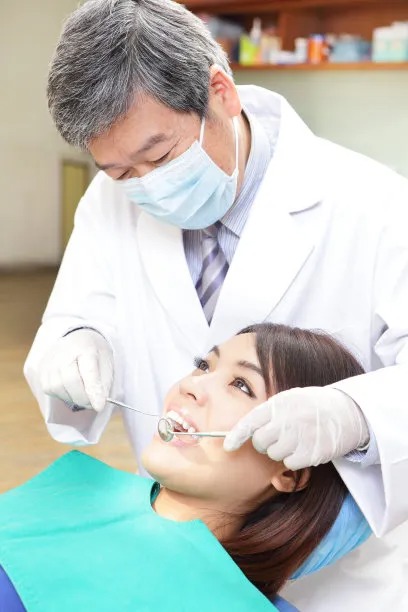The Essential Guide to Safely Extracting a Tooth at Home for Optimal Oral Health
Summary: Extracting a tooth at home can seem daunting, but with the right knowledge and preparation, it can be done safely and effectively. This guide outlines essential information to consider, including recognizing when extraction is necessary, preparing for the procedure, executing the extraction, and post-extraction care. By following these detailed steps, individuals can ensure optimal oral health and minimize risks. However, it is crucial to remember that this should only be attempted in specific situations and when professional dental care is inaccessible. Read through this guide to empower yourself with the knowledge necessary for a safe at-home tooth extraction.
1. When Is Tooth Extraction Necessary?

Identifying the right time for tooth extraction is crucial. Common reasons include severe decay, irreparable damage from trauma, or overcrowding of teeth. If pain persists despite treatment or if an infection develops, it may indicate the need for extraction.
Additionally, wisdom teeth often require removal due to space constraints or impaction, which can lead to swelling and pain. Understanding these conditions will guide you in making an informed decision about tooth extraction.
However, self-diagnosis may lead to incorrect conclusions. It’s advisable to consult with a dentist if possible, as they can provide a comprehensive evaluation and personalized recommendations.
2. Preparing for Safe Tooth Extraction
Preparation before attempting a tooth extraction at home is essential to ensure the procedure goes smoothly. Gather all necessary items, such as dental tools, antiseptics, and pain-relief medications. A clean work environment is crucial; ensure the area is sanitized to minimize infection risks.
Its also advisable to have a support person on hand during the extraction process. This person can provide assistance, comfort, and help you stay calm throughout the procedure. Knowledge of the proper techniques is vital to avoid complications.
Reviewing instructional videos or consulting reliable resources can also be beneficial. Familiarization with the procedure will build confidence and help you succeed in safely extracting the tooth.
3. Performing the Tooth Extraction
When youre ready to extract the tooth, begin by administering pain relief, using over-the-counter medications as needed. Ensure that you are comfortable before proceeding. If you experience any dizziness or nausea, take a break and reassess your readiness.
Using clean dental tools, apply the forceps or pliers with care around the tooth that needs removal. Start gently rocking the tooth back and forth to loosen it. If you encounter resistance, stop and re-evaluate your technique instead of forcing the tooth out.
Once the tooth is loose enough, it can usually be pulled out with steady, consistent pressure. Remember to clean the extraction site immediately after the tooth has been removed, using a sterile gauze to control bleeding. Following proper technique reduces complications and enhances safety.
4. Post-Extraction Care for Optimal Health
After the tooth extraction, proper care is vital for preventing infections and promoting healing. Keeping the extraction site clean and free from debris will help avoid complications. Gently rinse your mouth with warm salt water 24 hours after the extraction to facilitate healing and reduce bacteria.
Managing pain and swelling is also essential. Over-the-counter medications can help alleviate discomfort, and applying an ice pack to your cheek can minimize swelling. Rest is important—avoid strenuous activities for at least the first 24 hours after the extraction.
Lastly, watch for signs of complications, such as excessive bleeding or signs of infection, including fever or pus. If you notice any concerning symptoms, consult a healthcare provider to ensure your recovery progresses as it should.
Summary:
In conclusion, safely extracting a tooth at home requires careful consideration, preparation, and attention to detail. Recognizing when extraction is necessary, preparing adequately, executing the procedure properly, and maintaining post-extraction care are essential steps for optimal oral health. While this guide aims to inform and empower, always prioritize professional dental care when possible to ensure the best outcomes for your oral health.
This article is compiled by Vickong Dental and the content is for reference only.



